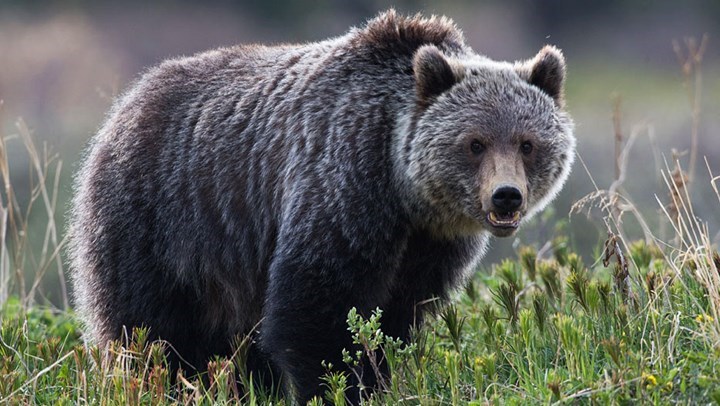
by Cody McLaughlin - Thursday, July 8, 2021

The grizzlies are coming home to roost, in Montana and elsewhere, after a years-long fight by anti-hunting extremists to relist the recovered bruin under the Endangered Species Act (ESA) and prevent hunters and state wildlife agencies from managing the species to avoid negative, and oftentimes dangerous, bear-human interactions.
In the latest incident, a camper in Montana died Tuesday in Montana’s second fatal bear attack this season, and one of a number of violent attacks. The victim, a young lady camping outside West Yellowstone during a cycling trip. The Powell County. Mont., Sheriff’s office closed the trail through Sunday and is searching for the bear.
The Effects of Grizzly Bear Relisting
There is no question that attacks by grizzlies are on the rise. Aside from the most recent incident, attacks by the bears reached an all-time high in 2020 with seven recorded in the Greater Yellowstone Ecosystem, an area spanning 22.5 million acres in Montana, Wyoming and Idaho and centered around Yellowstone National Park (YNP). This year is on pace to be far worse.
A man camping in Gallatin County, Mont., was bitten just two weeks ago and luckily found a runner to call 911 for him, as he was too injured to walk to safety. The patient was later airlifted to Bozeman Deaconess Hospital by LifeFlight.
Earlier in the year, experienced wilderness guide Charles “Carl” Mock was mauled to death while on a fishing trip near YNP in Montana. The same bear was shot after charging at arriving first responders.
Just a month ago, a man hiking a trail on the Wyoming-Montana border was mauled and fortunately survived hiking down the mountain to get help. Meanwhile, around the same time, Montana Fish and Wildlife officials were forced to kill three more grizzlies after a series of livestock attacks.
Just last week, a Montana man visiting my own state of Alaska was mauled by a sow grizzly while hiking with his dog. The dog was later found and reunited with the man, unharmed. Two weeks prior, a bear attacked campers on the Kenai Peninsula near Skilak Lake, and a woman was reported missing and later found after another attack by a bear. And in May, two separate grizzly attacks resulted in two more deaths in Alberta, Canada.
The Delisting-Relisting Fight
As grizzly bear populations continue to exceed carrying capacity, the bears are moving well outside prime habitat—and into rural areas, where these often-violent interactions occur.
Readers of this website will remember a national award-winning article from 2019 ["Antis Cry to Close Hunting As Grizzlies Expand Range"] tracking anti-hunting extremists’ efforts to end bear hunting. Even then, wildlife agencies in the three Lower 48 states that have grizzly bear populations (Montana, Wyoming and Idaho) say GYE bear populations have recovered to the point that legal, regulated hunting is now a necessary wildlife management tool and that in some cases the bears exceed the carrying capacity, or the habitat's ability to support a healthy population. It was only a matter of time until headlines documenting grizzly bear attacks began to escalate.
The fight began in 2007, with a proposal by the U.S. Fish and Wildlife Service (USFWS) to delist the recovered GYE grizzly bears. It was challenged by animal rights extremist groups who sued the government and won. In 2016, the USFWS again tried to delist the bears as the population had grown to well over 700, but animal rights extremists sued again. The National Rifle Association and Safari Club International entered into the USFWS’ appeals process as “NGO Intervenors.” But following a decision by a judge in September 2018, the bears were relisted.
Tragic, But Unsurprising
The drastic increases in high-profile bear-human encounters are indicative of a tragic, troubling trend, unsurprising as it may be.
The fact of the matter is, when big bucks are spent trying to relist a recovered species under the ESA—and in the process take away state-level, science-based management tools and authority from biologists—the potential for dangerous human-animal interactions increase. We’ve seen this trend with everything from black bears in New Jersey to mountain lions in California and to grizzly bears in the GYE.
About the Author
A recent new resident of Alaska, Cody McLaughlin is a conservationist advocate on public policy issues including hunting, fishing, gun rights, free-market tax and wage policy and the environment. He works as a GOP consultant for conservative political causes, managing clients’ digital communications and online presence and as a trustee of the New Jersey Outdoor Alliance, helping to represent the state’s 1.2 million sportsmen in the political arena.
E-mail your comments/questions about this site to:
[email protected]
